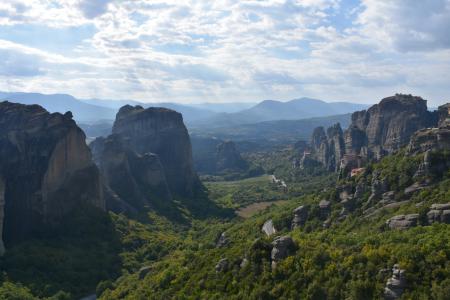
Objective:
The Natural History Museum of Meteora and Mushroom Museum has been established in December 2014, in Kalambaka, Greece. It is a private museum that stems from the collaboration of three people sharing the same interests about nature. The Museum’s collections consist of about 350 species of animals and 250 species of mushrooms and their natural habitats that are presented into dioramas. Beyond its general objectives (to highlight natural heritage, enhance environmental awareness, organize educational activities etc.), the Museum aims to focus on the closest relationship among mushrooms, nature, and the people, but also to highlight their unknown, but high nutritional value.
Context:
The town of Kalambaka where the museum is situated was not made by chance. Kalambaka is a tourist destination for visitors from all over the world, because of its natural beauty and religious interest. At the same time, its vicinity to natural areas makes it easier and more efficient to carry out actions related to truffles and mushrooms. For this reason, mushroom hunting excursions, such as the truffle hunting that the Museum organizes, have made it an important reference point for all Greece. Especially Truffle Hunting at Meteora has been on the agenda of some of the biggest tour operators in Greece and abroad, resulting in the influx of thousands of people who wish to participate in these activities.
Contacts:
Nikos Pallas, info@meteoramuseum.gr, www.meteoramuseum.gr
Eleftheria Papakosta, info@meteoramuseum.gr, www.meteoramuseum.gr